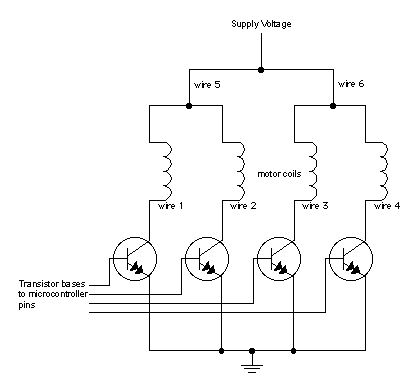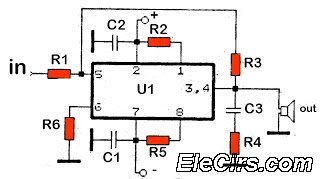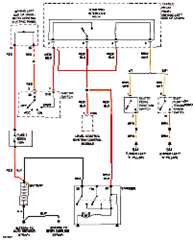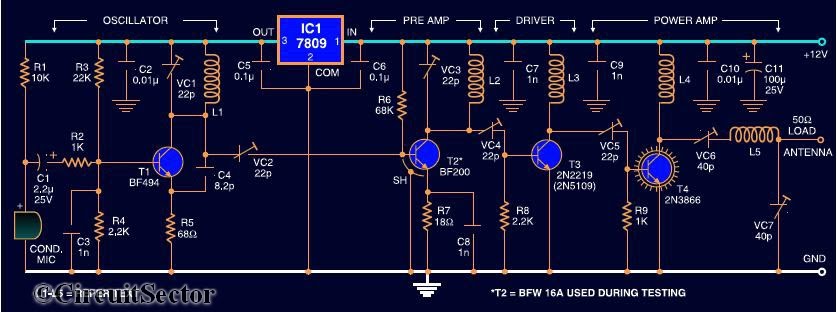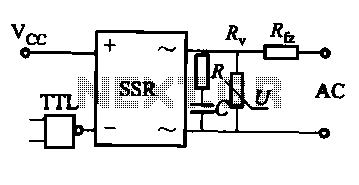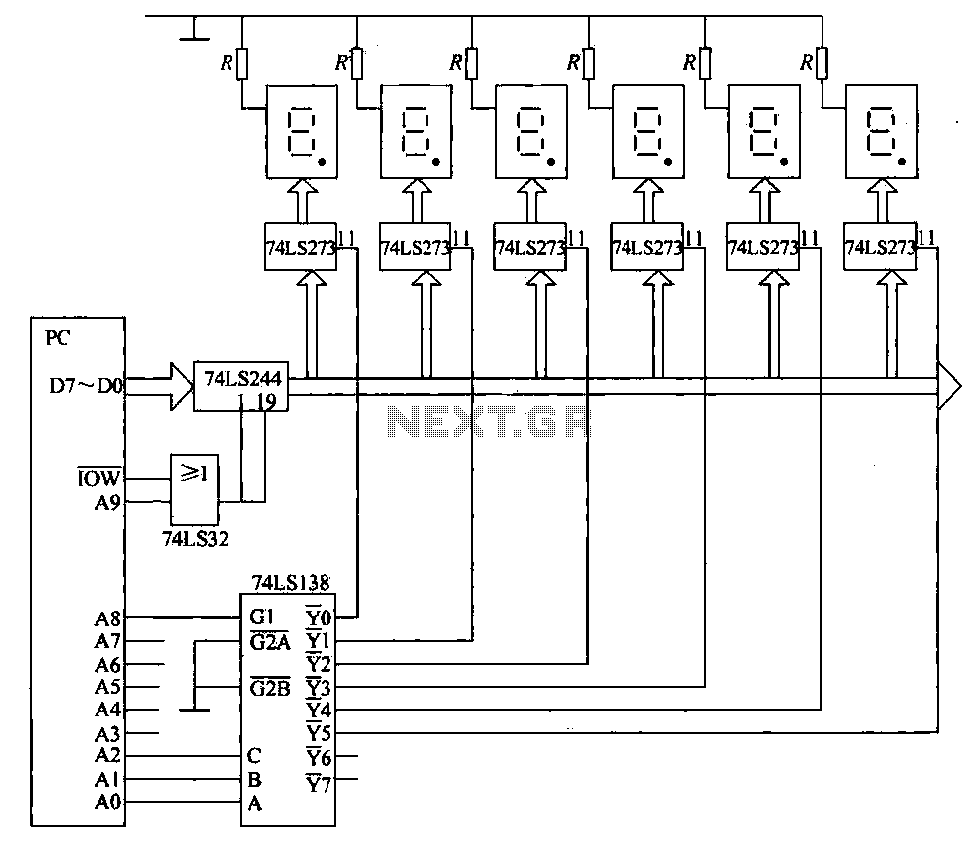
Circuit diagram of brightness control relay
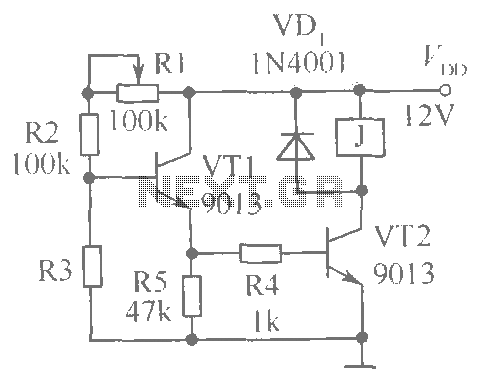
This document presents a brightness control relay circuit. Resistors R1, R2, and R3 create a voltage divider circuit with a light-sensitive resistor. When the light level drops below a specific threshold, the base voltage of VT1 increases, causing VT1 and VT2 to conduct, which activates the relay. R1 is utilized to fine-tune the sensitivity of the circuit. The light-triggering level of the circuit is significantly affected by the supply voltage and ambient temperature.
The brightness control relay circuit is designed to automate the activation of devices based on ambient light conditions. The core of the circuit consists of a voltage divider formed by resistors R1, R2, and R3, in conjunction with a light-sensitive resistor (often a photoresistor). This configuration allows the circuit to monitor the intensity of light in the environment.
When the ambient light decreases to a predetermined level, the voltage at the base of transistor VT1 rises. This increase in voltage is crucial as it enables VT1 to turn on, which in turn activates VT2. The conduction of these transistors allows current to flow through the relay coil, energizing the relay and closing the contacts, which can be used to control various electrical devices such as lights or fans.
Resistor R1 plays an important role in setting the sensitivity of the circuit. By adjusting R1, the user can modify the threshold at which the circuit responds to changes in light levels. This feature is particularly useful in applications where varying light conditions are present, allowing for fine-tuning of the system's response.
It is essential to note that the performance of the light-triggering mechanism is influenced by both the supply voltage and the ambient temperature. Fluctuations in supply voltage can affect the operation of the transistors and the relay, while temperature changes can alter the resistance of the light-sensitive resistor, impacting the overall sensitivity and reliability of the circuit.
In summary, this brightness control relay circuit is a practical solution for automatic control of devices based on light intensity, with adjustable sensitivity and considerations for external factors such as supply voltage and temperature.Shown for the brightness control relay circuit. Resistors R1, R2 and R3 form a light-sensitive resistor voltage divider circuit, when the light is dark to a certain extent, VT1 base voltage rises to make VT1, VT2 conduction, the relay pull-J. R1 is used to adjust the motion sensitivity. The light trigger level circuit greatly influenced by the supply voltage and ambient temperature.
The brightness control relay circuit is designed to automate the activation of devices based on ambient light conditions. The core of the circuit consists of a voltage divider formed by resistors R1, R2, and R3, in conjunction with a light-sensitive resistor (often a photoresistor). This configuration allows the circuit to monitor the intensity of light in the environment.
When the ambient light decreases to a predetermined level, the voltage at the base of transistor VT1 rises. This increase in voltage is crucial as it enables VT1 to turn on, which in turn activates VT2. The conduction of these transistors allows current to flow through the relay coil, energizing the relay and closing the contacts, which can be used to control various electrical devices such as lights or fans.
Resistor R1 plays an important role in setting the sensitivity of the circuit. By adjusting R1, the user can modify the threshold at which the circuit responds to changes in light levels. This feature is particularly useful in applications where varying light conditions are present, allowing for fine-tuning of the system's response.
It is essential to note that the performance of the light-triggering mechanism is influenced by both the supply voltage and the ambient temperature. Fluctuations in supply voltage can affect the operation of the transistors and the relay, while temperature changes can alter the resistance of the light-sensitive resistor, impacting the overall sensitivity and reliability of the circuit.
In summary, this brightness control relay circuit is a practical solution for automatic control of devices based on light intensity, with adjustable sensitivity and considerations for external factors such as supply voltage and temperature.Shown for the brightness control relay circuit. Resistors R1, R2 and R3 form a light-sensitive resistor voltage divider circuit, when the light is dark to a certain extent, VT1 base voltage rises to make VT1, VT2 conduction, the relay pull-J. R1 is used to adjust the motion sensitivity. The light trigger level circuit greatly influenced by the supply voltage and ambient temperature.
